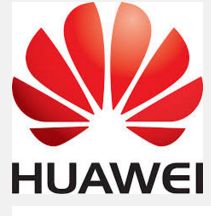4 mins read
Huawei Goes Beyond Traditional Boundaries in Five Areas and Teams up with Partners for a Fully-connected, Intelligent World

December 20, 2024
Copyright 2023, IT Voice Media Pvt. Ltd.
All Rights Reserved

 Huawei held a Pre-MWC 2018 Media and Analyst Briefing in London, during which the company called on all industries to work together and go beyond traditional boundaries in the areas of capabilities, connections, business, experience, and partnerships for a fully-connected, intelligent world.
Huawei held a Pre-MWC 2018 Media and Analyst Briefing in London, during which the company called on all industries to work together and go beyond traditional boundaries in the areas of capabilities, connections, business, experience, and partnerships for a fully-connected, intelligent world.